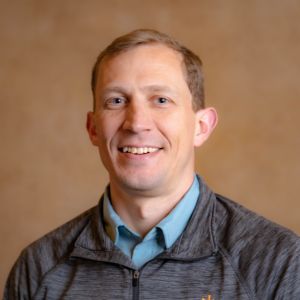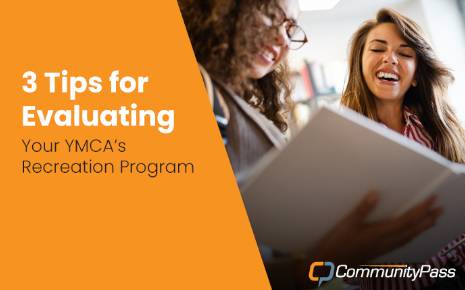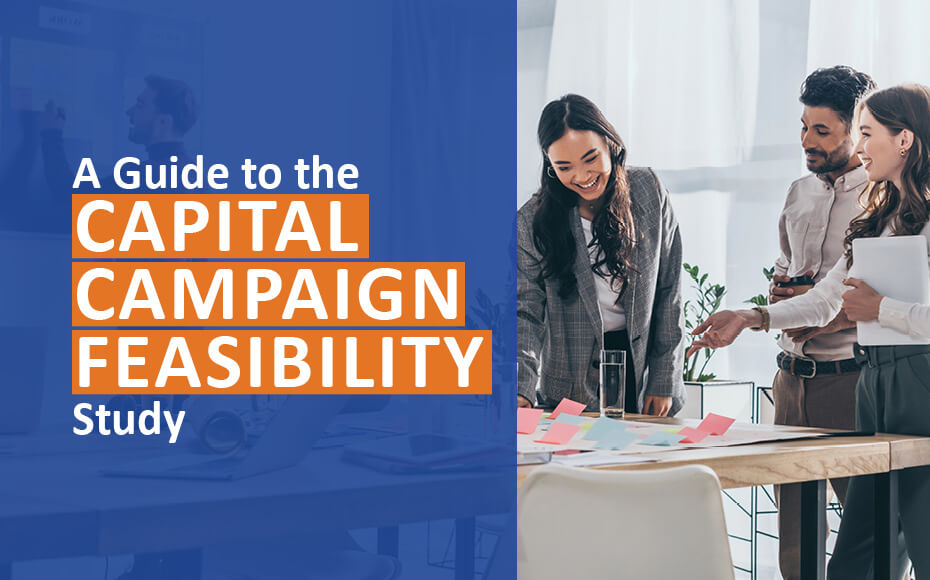Now, more than ever, collaboration is a necessary implement in the toolbag of every successful nonprofit organization to enhance public engagement and boost fundraising efforts. By working with community stakeholders, nonprofits can amplify their impact, reach new audiences and achieve greater success in advancing their missions.
 In today's often volatile economic landscape, the call for collaboration has become more pressing as communities grapple with intricate challenges. Convergent Nonprofit Solutions is applying that knowledge toward aligning nonprofit organizations with their funders through a series of online seminars. The February 20 Hot Issues Online Seminar 'Collaboration: Foundation for Success' marked the inception of a groundbreaking series tailored exclusively for chambers of commerce at the forefront of driving economic prosperity in their communities. The webinar panel, composed of chamber leaders and an expert in performance improvement, discussed insights, strategies,and tools for creating a high-performing collaborative coalition. The powerful concepts can be invaluable to nonprofits seeking to create sustainable funding partnerships. 'Collaboration: Foundation for Success' materials are available here Presentation and Handouts.
The following inspiring examples of nonprofit collaboration, with a focus on arts, culture and museums, showcase how partnerships effectively garner public participation and increase fundraising results.
1. Collaborative Arts Festivals
Nonprofit arts organizations frequently collaborate to host arts festivals that celebrate creativity and cultural diversity. The Art + Sol Festival in Santa Fe, NM, brings together multiple arts nonprofits, local artists, and community groups to showcase visual arts, performing arts and culinary delights. By pooling resources, promoting the festival collectively and offering diverse programming, these organizations attract a broader audience and generate revenue through ticket sales, sponsorships and merchandise.
2. Museum Consortiums
Museums often form consortiums to collaborate on exhibitions, educational programs and outreach initiatives. One notable example is the Smithsonian Affiliations program, which connects museums and cultural organizations across the United States. By partnering with the Smithsonian Institution, affiliate museums gain access to traveling exhibitions, educational resources and professional development opportunities, enhancing their offerings and attracting visitors. Collaborative efforts like these not only increase public engagement but also strengthen the collective impact of museums nationwide.
3. Community Arts Initiatives
Nonprofit arts organizations collaborate with community stakeholders to develop arts initiatives that engage and inspire residents. For instance, the city of Detroit's Arts, Culture and Entrepreneurship office partners with neighborhood associations, schools, and local businesses to revitalize vacant spaces through public art installations. By involving the community in the creative process and fostering pride in local culture, these initiatives enhance public participation and support for the arts. They also attract donors and sponsors who value the positive impact of arts on community development.
4. Performing Arts Collaboratives
Performing arts organizations often collaborate to produce collaborative performances and events that showcase a diverse range of talent. The Lincoln Center for the Performing Arts in New York City hosts the Lincoln Center Festival, featuring performances by resident companies and visiting artists from around the world. By joining forces, these organizations attract larger audiences, increase ticket sales, and raise funds through sponsorships, memberships, and donations. Collaborative efforts like these strengthen the performing arts ecosystem and enrich cultural life in communities.
5. Fundraising Campaigns and Appeals
Nonprofit organizations across sectors collaborate on fundraising campaigns to mobilize support for shared causes and initiatives. The World Wildlife Fund collaborates with other conservation organizations to raise funds for wildlife protection projects. By leveraging their collective networks and resources, these nonprofits engage individual and corporate donors, amplify their impact and achieve greater fundraising success. Collaborative fundraising campaigns raise awareness about pressing issues and inspire public participation in conservation efforts.
In conclusion, nonprofit collaboration is a powerful strategy for enhancing public engagement and community fundraising results. By working together with community stakeholders, nonprofits can leverage their collective strengths, resources and networks to achieve greater impact and advance their missions. Whether through collaborative arts festivals, museum consortiums, community arts initiatives, performing arts collaboratives, or fundraising campaigns, these partnerships exemplify the transformative potential of nonprofit collaboration.
Guidance and Support
Turn to the experts at Convergent Nonprofit Solutions for guidance and support in enhancing your nonprofit's public engagement and fundraising efforts. With a proven track record of success and expertise in nonprofit management, Convergent Nonprofit Solutions can help your organization achieve its goals and make a lasting impact in your community.







